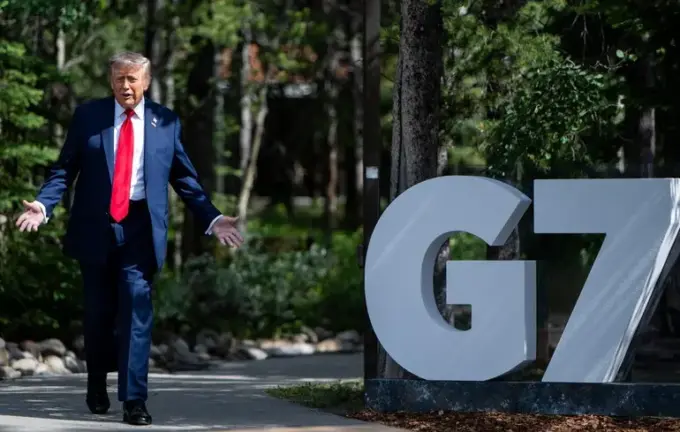U.S. refuses to expand use of frozen Russian assets amid support for Ukraine

Amid ongoing diplomatic and economic negotiations between the United States and the European Union, a tense situation has emerged concerning the use of frozen Russian assets to support Ukraine.
According to Bloomberg, U.S.
officials have expressed reluctance to join the EU’s plan to expand the utilization of these assets, citing risks to global market stability.
Meanwhile, European countries are actively working on a mechanism that could leverage up to 140 billion euros in loans, coordinated with the frozen assets of central banks.
However, the U.S.
stance is holding back progress, marking a setback for the EU’s effort to mobilize more financial resources for Ukraine’s defense and reconstruction.
EU leaders are expected to approve a final mechanism during the Brussels summit at the end of this week, but U.S.
opposition complicates these plans.
Simultaneously, domestic pressures in Washington for ending hostilities in Ukraine are intensifying.
President Donald Trump recently met with Volodymyr Zelensky in Washington and announced plans to meet Vladimir Putin in Budapest after a phone call with the Russian leader.
U.S.
Finance Minister Scott Bessent mentioned that approximately $5 billion in frozen Russian assets could eventually be used, but no concrete actions have been undertaken yet.
This cautious approach from Washington contrasts with the European push to use frozen assets more actively to fund Ukraine’s needs.
Belgium, holding most of the assets within Euroclear, is wary of legal repercussions and possible lawsuits that could undermine European financial stability and weaken the euro.
The European Central Bank’s President, Christine Lagarde, supported the idea of joint actions but emphasized the importance of collective effort.
Most of the 280 billion euros in frozen assets are stored in Europe, making this issue particularly sensitive for the region.
Discussions continue on using these assets as collateral for new loans, which could raise an additional 160 billion dollars for Ukraine.
While disagreements persist among allies, it is anticipated that a resolution will soon be reached, significantly impacting Ukraine’s future financial assistance and regional stability.

